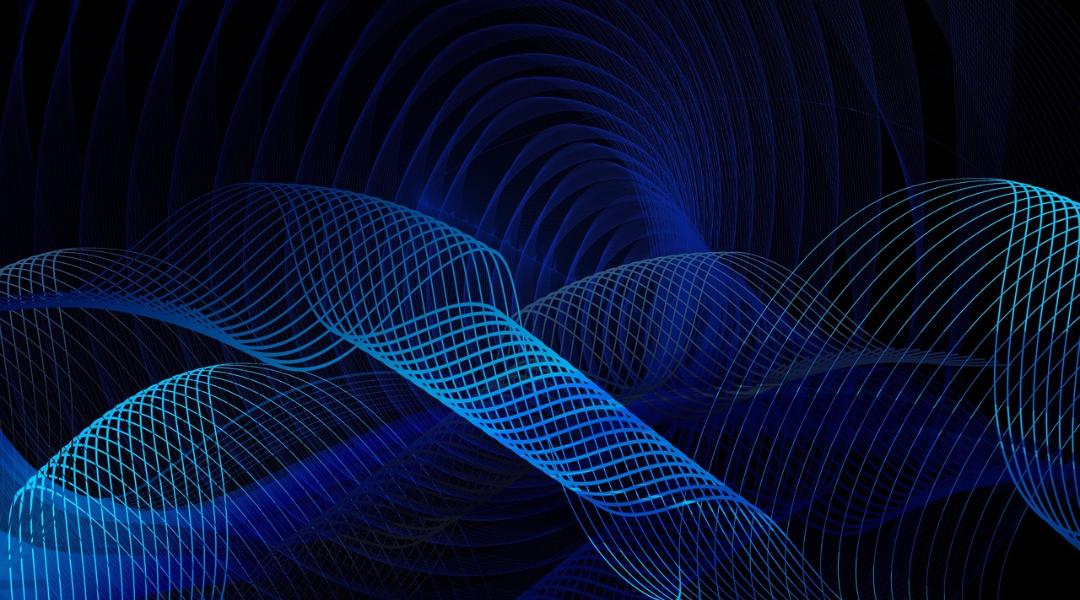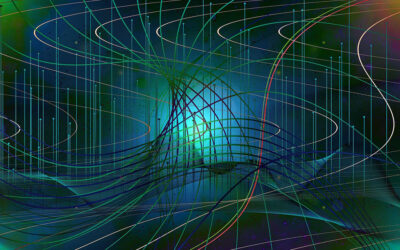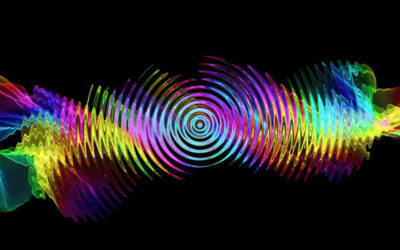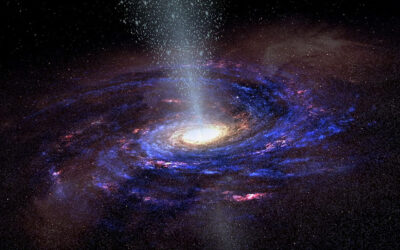A fresh look at gravity challenges long-held assumptions about one of nature’s most familiar yet puzzling forces. In a new study, two researchers argue that gravitational attraction is not a basic force at all, but an effect that emerges from deeper quantum processes tied to electromagnetism. If confirmed, the theory could help explain mysteries that have long resisted standard models — including the origins of dark matter and the energy accelerating the universe’s expansion.
The work, published in Journal of Physics Communications, reimagines gravity not as a force stitched into the fabric of spacetime, but as something that arises from the quantum-level behavior of ordinary matter. Ruth Kastner of the University of Maryland and Andreas Schlatter at the Quantum Institute in New York developed a framework in which space and time themselves are not fundamental but result from electromagnetic interactions between charged systems like atoms and molecules.
Spacetime from photon exchanges
“The creation of a real photon creates ‘the fabric of spacetime’ by giving rise to spacetime events and their structural connection; namely the emission event, the absorption event, and the real photon which links these,” said Kastner. “In short, spacetime events, along with their structural connections, emerge from these transactions.”
They occur when atoms or molecules emit and absorb photons — the particles of light that carry the electromagnetic force. According to the theory, each transaction gives rise to a pair of events in spacetime, effectively stitching together a network of relationships that form what we perceive as space and time.
The idea builds on earlier efforts to rethink gravity as an emergent phenomenon — an effect that arises from more basic physical processes, rather than a force on its own. In this picture, the apparent curvature of spacetime described by Einstein’s general relativity is not a fundamental feature of the universe but a large-scale result of underlying interactions between matter and the electromagnetic field.
“Transactions constitute ‘measurements’ in quantum theory,” Kastner explained. “The fundamental degrees of freedom that underpin the emergent spacetime events are bound systems with charged components, such as atoms and molecules — these are the emitters and absorbers — and also the electromagnetic field, the medium of transactions.”
From thermodynamics to gravity
One of the most intriguing implications of this approach is its ability to reproduce key predictions of general relativity — including the gravitational pull between massive bodies — without invoking gravity as a distinct force. Instead, the researchers apply the principles of thermodynamics, particularly the concept of entropy, to explain why matter attracts other matter.
Entropy, which is often described as a measure of disorder, reflects the number of possible microscopic arrangements that give rise to the same large-scale state. In the new framework, the many quantum states of atoms and molecules — along with the photons they emit — define the entropy of a system. As mass increases, so does the number of these states, enhancing the likelihood of interactions and thus generating the force we interpret as gravity.
“Objects with mass, being composed of transacting components, provide ‘fuel’ for transactions,” said Kastner. “When we quantify that transactional fuel in terms of temperature, and the possible positions for masses, the gravitational potential is the result.”
Rethinking dark matter and dark energy
The researchers suggest that this entropy-based description naturally accounts for phenomena that have long challenged conventional theories. These include the unexplained motion of stars in galaxies, which led to the idea of invisible dark matter, and the apparent acceleration of the universe’s expansion, typically attributed to dark energy.
“The model predicts quantities that currently are anomalies for the standard theory, such as the galactic rotation anomalies (‘dark matter’) and the small but non-vanishing value of ‘dark energy’ and its recently observed weakening over time,” Kastner said. “Further astronomical observations may offer more precise tests for the model’s predictions in this regard.”
According to Kastner Schlatter and, there is no need to invoke unknown forms of matter or energy to explain these effects — they arise naturally from the thermodynamic behavior of ordinary matter and its electromagnetic interactions.
“In sum, our theory is a quantum theory of gravity with appropriate corrections to Einstein’s theory, although gravity is not a quantum field in this model, but a natural structural property of the emergent spacetime,” said Kastner.
Looking ahead
The team is now working to extend the theory further. A major goal is to describe gravitational waves — ripples in spacetime detected by observatories like LIGO — within this new framework. Instead of being waves in a gravitational field, these signals would result from changes in the motion of mass itself.
“We are continuing to develop the model, in particular its ability to explain gravitational waves without attributing energy directly to the ‘gravitational field’ but rather to the source masses themselves,” Kastner said.
While many questions remain, the new theory offers an intriguing alternative to the standard view of gravity, one that could eventually help unify our understanding of the universe from its smallest particles to its largest structures.
Reference: A Schlatter and R E Kastner, Gravity from transactions: fulfilling the entropic gravity program, Journal of Physics Communications (2025). DOI: 10.1088/2399-6528/acd6d7
Feature image credit: geralt on Pixabay

















